Secret Conspiracy Led to Star Trek’s Most Controversial Captain

Star Trek is a franchise that has had any number of onscreen conspiracies involving everything from ambitious admirals to mind-controlling space bugs. However, one of the biggest conspiracies occurred offscreen, and fans have been benefiting from this conspiracy for decades. While working on Star Trek: Voyager, the show’s executive producers had already planned to cast a female captain, but they felt they had to deceive Paramount in order to get the captain they wanted.
They Knew They Wanted A Female Captain
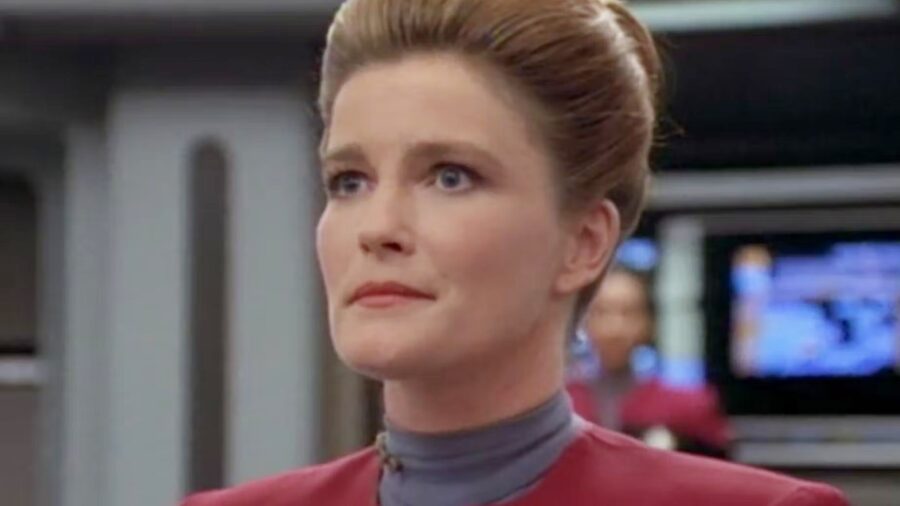
Voyager was going to be the third live-action live-action franchise spinoff, and the producers wanted to have a female captain for a number of different reasons. In a DVD special feature for the first season, controversial Star Trek producer Rick Berman said “the best direction for us to go–in terms of trying new things, being socially responsible, which Star Trek has always been–was to go for a female captain.”
It Was More Than Just Social Responsibility
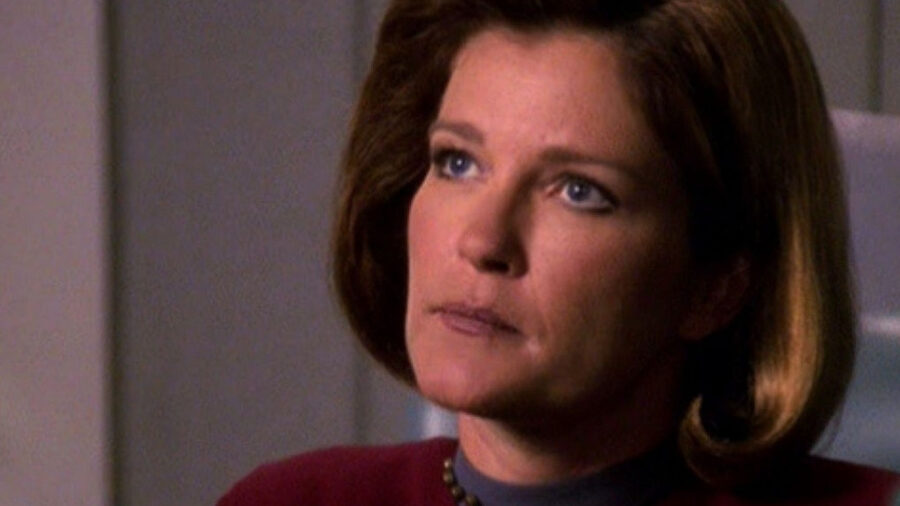
As a franchise, Trek had always been considered very progressive, and for the ‘90s, making the captain of a new show a woman was considered pretty bold.
Aside from wanting to continue its progressive storytelling tradition, the Star Trek producers had some very practical reasons for wanting a female captain on Voyager. In a separate interview, Berman pointed out that they didn’t just want a generic character.
Instead, “We wanted to create a female captain who was a captain that was somewhat more nurturing and a little bit less swashbuckling than someone like Captain Kirk, a little bit less sullen than someone like Captain Sisko, and a little bit more approachable than Captain Picard.”
They Wanted Voyager’s Captain To Stand Out
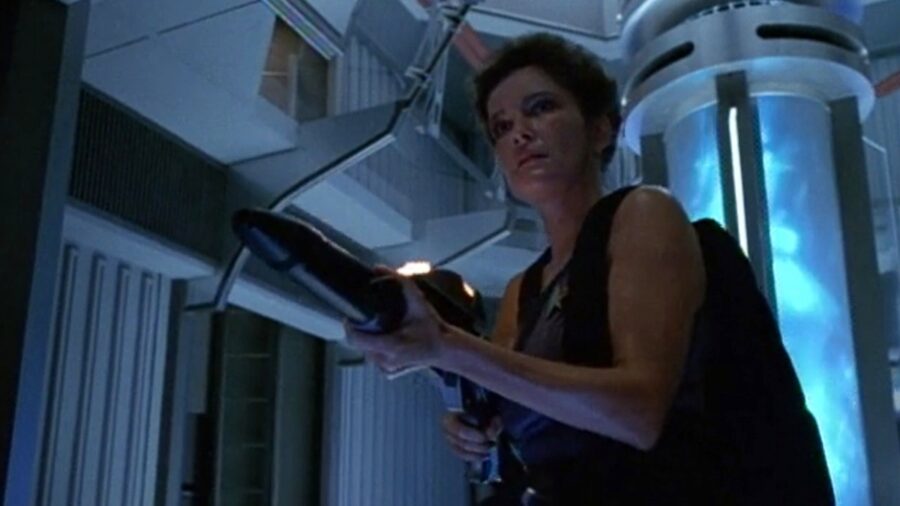
In other words, Star Trek going with a female captain would help instantly separate her from the famous captains that have come before. Just as Patrick Stewart had to differentiate himself from William Shatner by being a more diplomatic and cerebral captain, this new character would combine feminine warmth with steely nerve in a way that Trek audiences had never seen before.
Even before Mulgrew was eventually cast in the role, the producers were confident the mere existence of a woman in the captain’s chair would eliminate annoying comparisons to Kirk or Picard.
Auditioned Men And Women
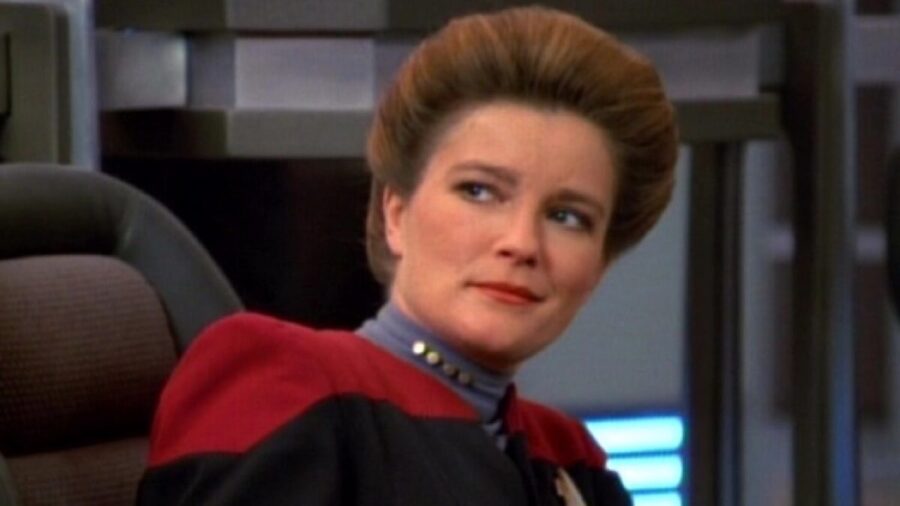
However, they were far less confident that the studio behind Star Trek was ready for a female captain. That’s why they made a little conspiracy: even though they had all already decided to cast a woman in the role, they approached Paramount and asked “Let us interview both sexes, and if the best actor we find is a woman, can we hire her?”
The studio consented to this simple request and Mulgrew was eventually cast as Captain Janeway, something considered a major risk because the primary Star Trek demographic at the time was men aged 25-45.
It Worked
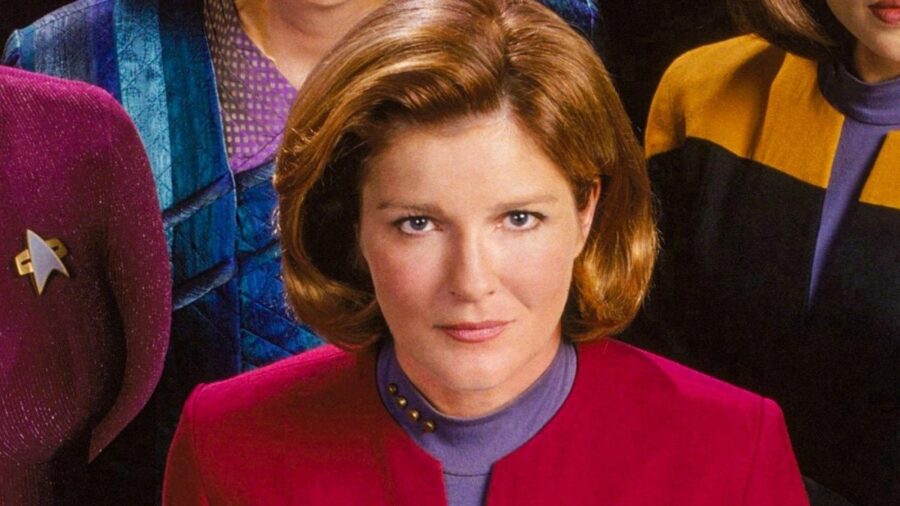
That risk paid off, of course, and the franchise gained an entirely new generation of female fans. Without their collective support, it is doubtful that Captain Burnham would be headlining the former Paramount+ flagship show Discovery.
Sadly, arguments about the core demographic of the franchise continue to this day, and those disputes are doubly insane because early Trek fandom (from fanfiction and zines to the first conventions) was led by women.
As far as Star Trek conspiracies go, this secret plan to cast a female captain was a smashing success: the producers didn’t have to deal with any evil admirals or mind-controlling alien insects, and Captain Janeway instantly proved herself as a franchise icon.
Mulgrew continues to impress in the role, reprising Janeway for fan-favorite appearances in the underrated spinoff Star Trek: Prodigy. That would never have happened, however, if three producers weren’t willing to behind the studio’s back in order to create television history.













